Growing up, Palestinian embroidery was a significant part of Zain Masri’s childhood. She would spend summers in Jordan with her grandmother, a seamstress, learning how to sew and cross-stitch traditional Palestinian patterns—an embroidery style called tatreez.
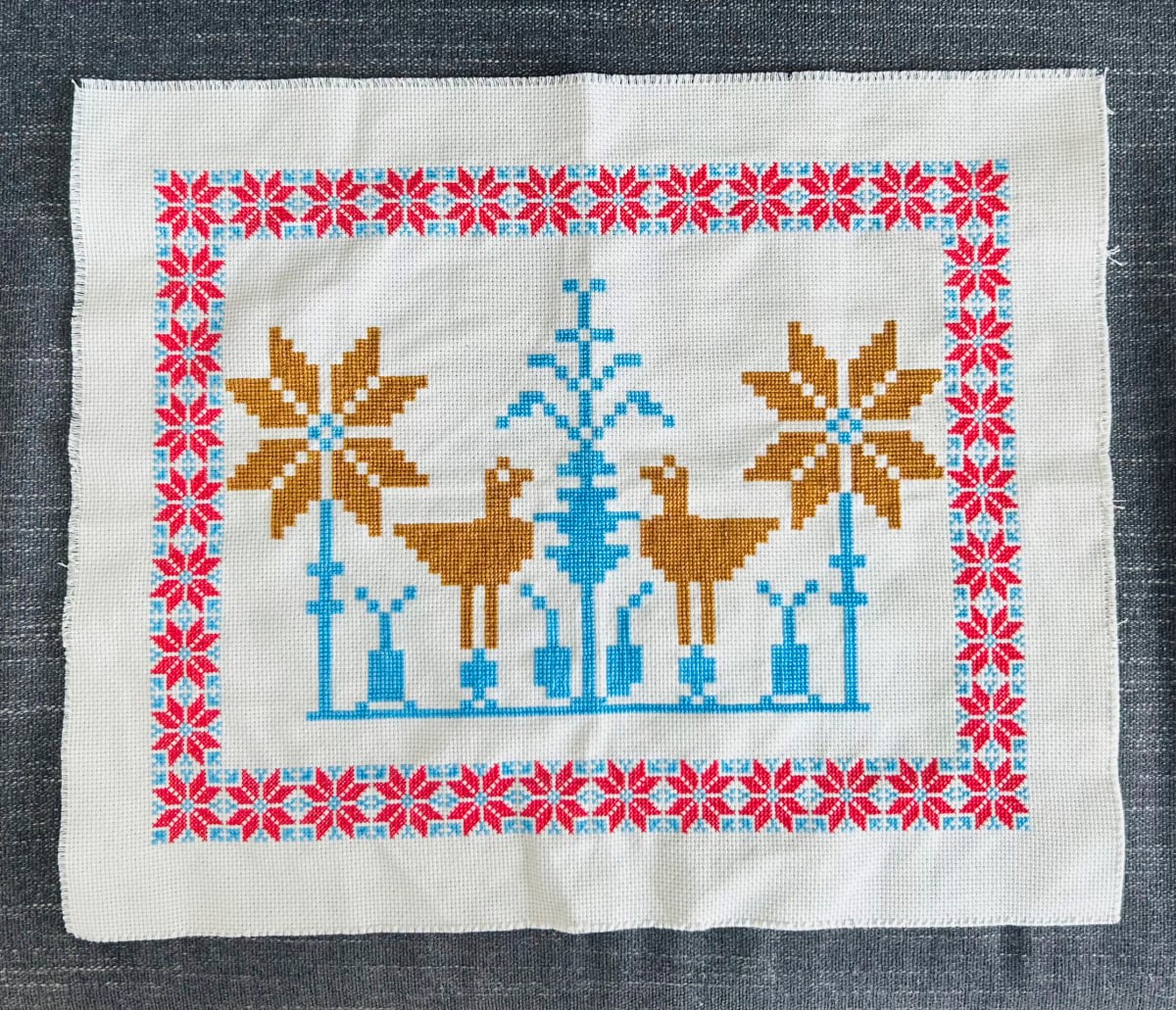
During the beginning of the pandemic, when many people turned to new hobbies for comfort and entertainment, Masri reconnected with her roots through embroidery and joined online cross-stitch groups and social media communities. But she soon noticed that it was difficult to find some of the traditional tatreez patterns she was looking for.
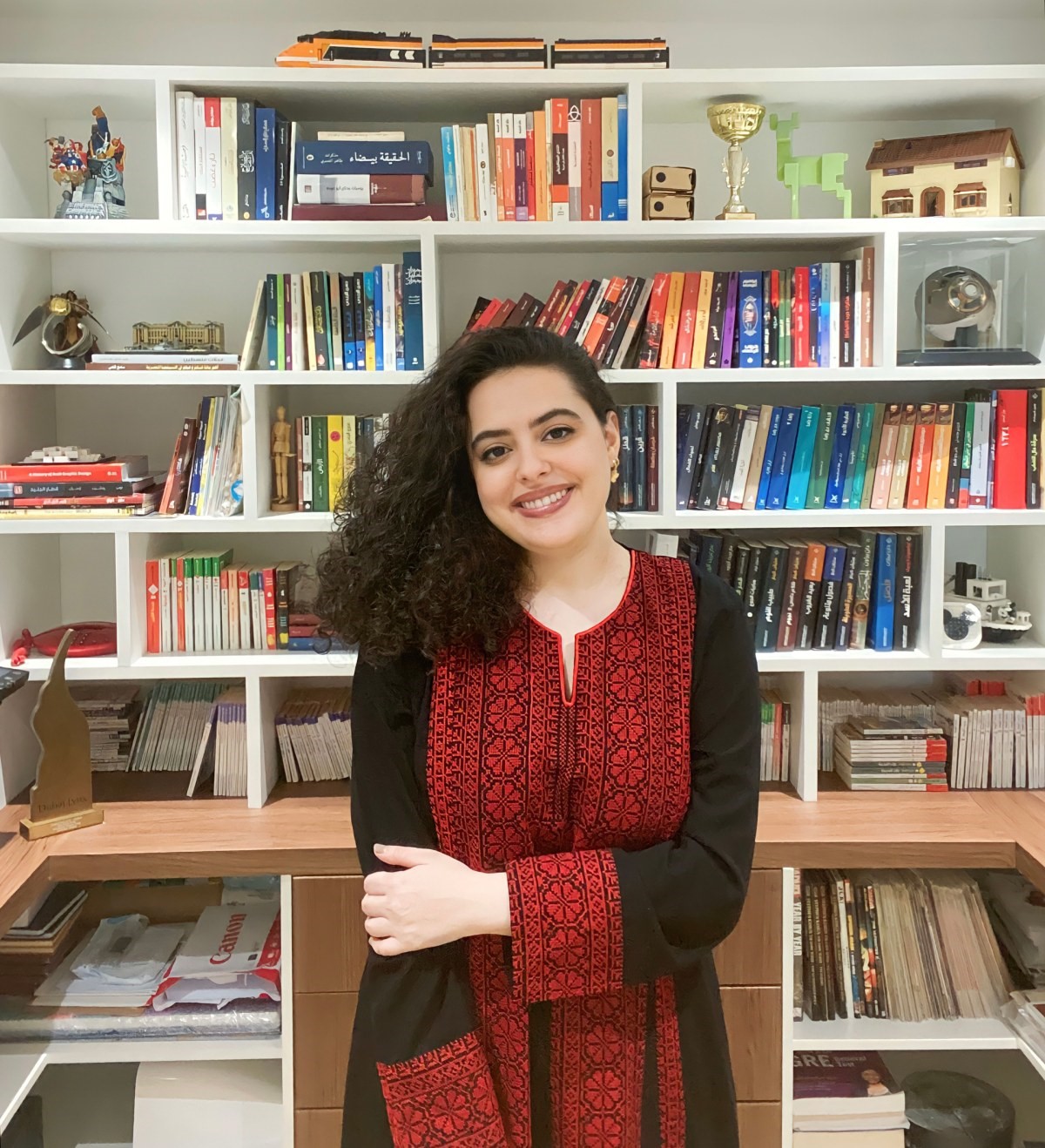
“There was a need for high resolution and easy to follow and affordable patterns, and I couldn’t find a single resource specifically online that would house all that information,” Masri says.
That lack pointed to a bigger problem facing the art form. As a result of the ongoing displacement of Palestinians that began in 1948 and the delicate nature of preserving fabric, Masri realized that the patterns she grew up learning to embroider might be at risk of disappearing over the course of her lifetime.
So in 2021, Masri used her experience working in marketing and business development at the likes of Google and YouTube to start her own project, Tirazain, an online archive with more than 1,000 different tatreez patterns that are easy to follow and downloadable for anyone interested in Palestinian embroidery. The website’s library of colorful geometric patterns—many of which use agricultural motifs of flowers, plants, and animals to tell a story of Palestine’s history and people—can be sorted and searched by theme, color, and origin.
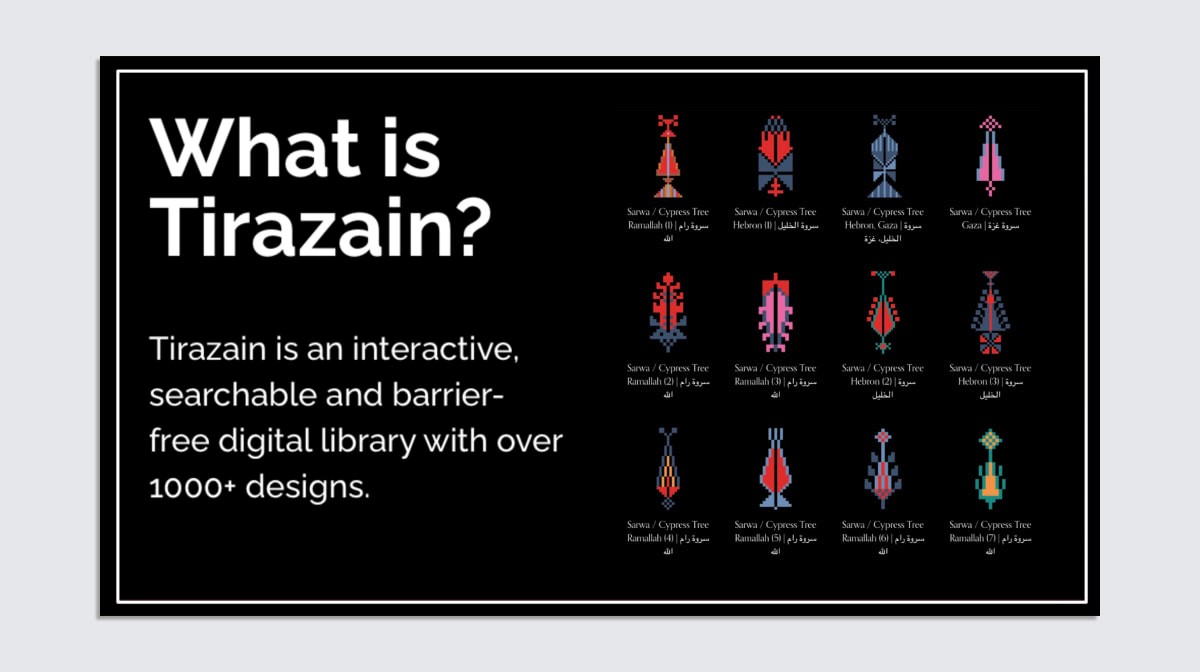
Though Masri started Tirazain as a passion project to make tatreez patterns more accessible to the broader public, it is also helping to preserve an art form that the United Nations Cultural Agency has identified as being at risk of disappearing from collective memory, adding traditional Palestinian embroidery to its list of Intangible Cultural Heritage in 2021.
“The patterns are subject to endangerment and could get lost over time,” Masri says. “Preserving them for generations to come and making them more accessible . . . is very important, in addition to the fact that they tell the stories of women that are often left untold.”
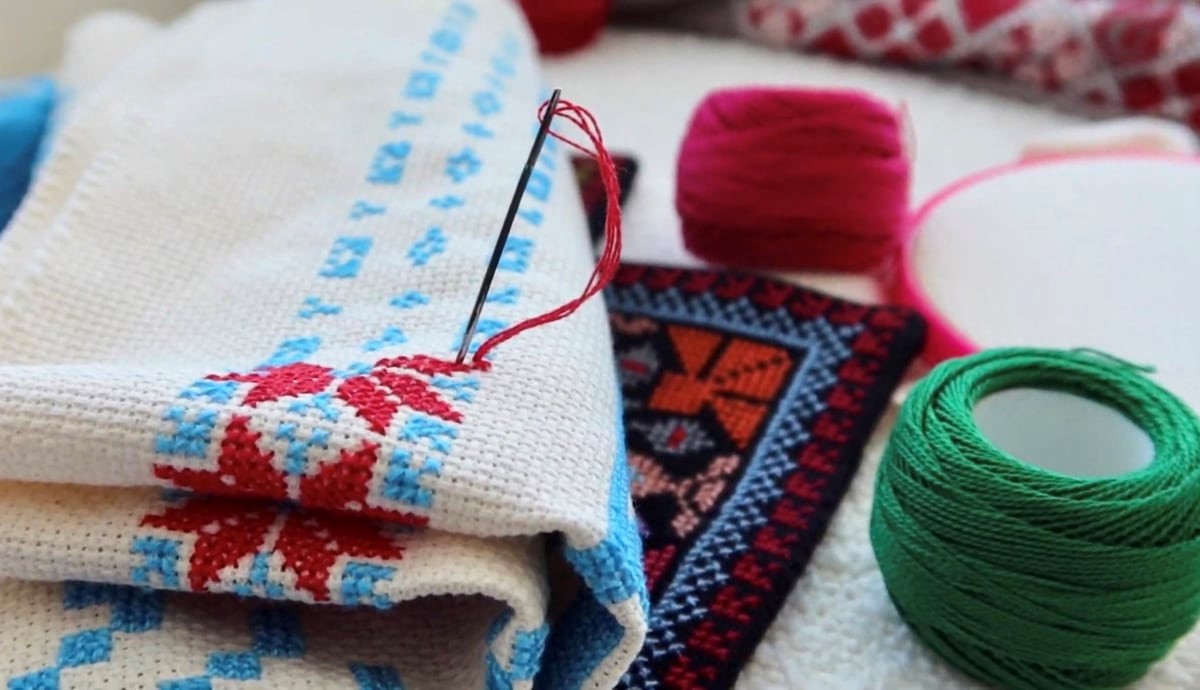
Like with many historical embroidery art forms, tatreez was traditionally practiced in rural areas and villages in Palestine by women who would use these patterns to decorate dresses, scarves, bedspreads, and pillows. The patterns and colors varied from region to region, and mothers would pass these down to their daughters.
“Women would traditionally embroider their thobes, which is like a long dress, and they would use the patterns to tell a story,” Masri says. “So traditionally, you would be able to tell what city or what town a woman was from.
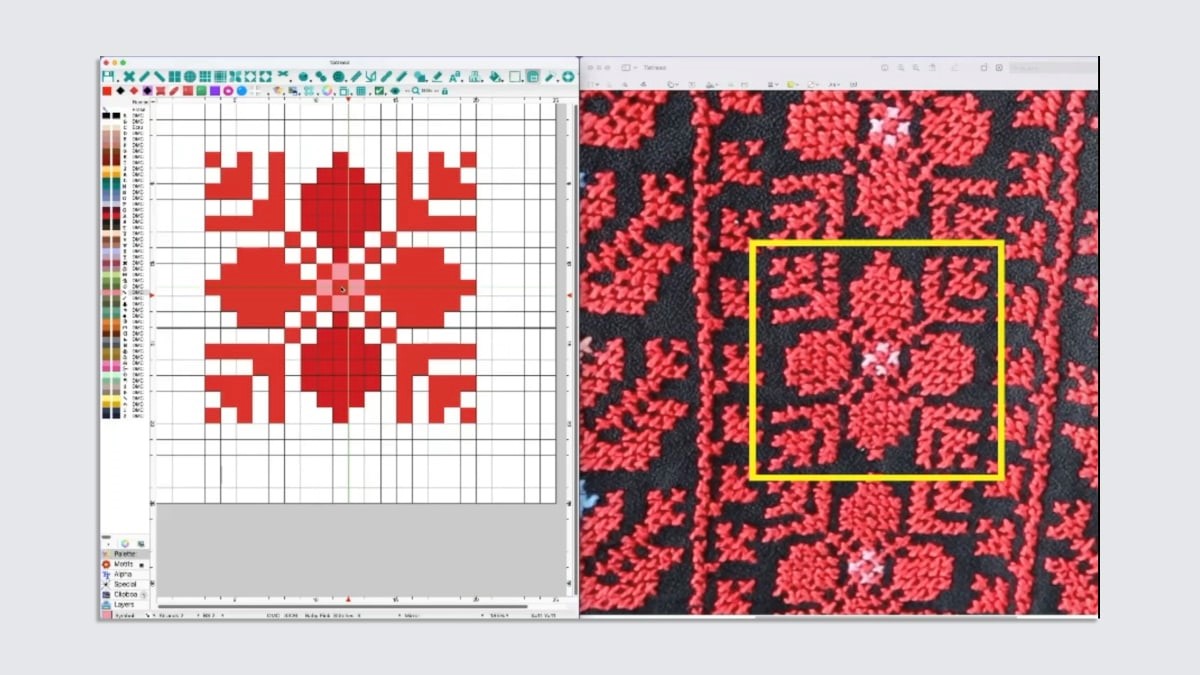
Masri has made it a priority to bring her Palestinian and Jordanian identities to her work in the tech industry, centering on expanding opportunities and providing technological resources for women in the Arab world. Tirazain is another way of doing that while helping ensure that the cultural practice and art form continues. “Enabl[ing] that for individuals, and especially women, is very important to me,” she says.
Lina Barkawi, who uses Instagram to showcase her tatreez projects, has found a lot of value in the site since learning about it from a friend. Though she had learned basic cross-stitching and embroidery in her youth, she didn’t connect it to her Palestinian heritage or know much about tatreez until four years ago, when she began learning more about the craft through online embroidery groups. She even embroidered her own thobe, which she wore for her wedding last year. But as she undertook that project, she says she had a hard time finding Palestinian embroidery patterns online, and physical books of patterns were limited
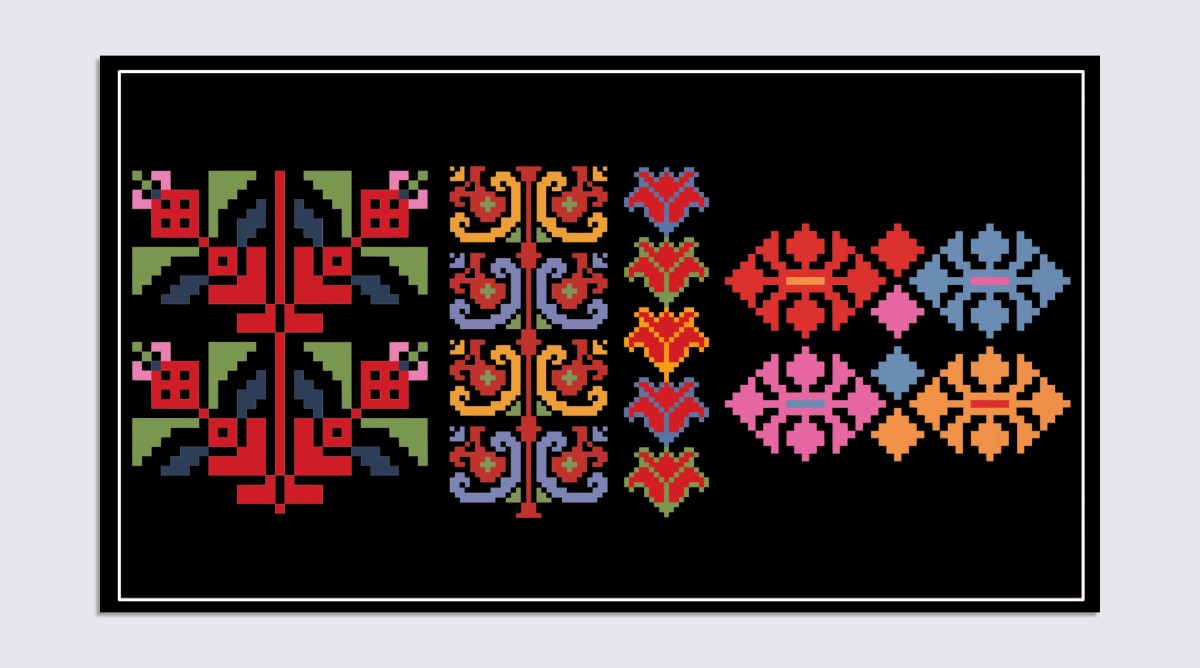
Barkawi started as a user of the archive, and eventually, she reached out to Masri to provide feedback on the website and soon found a like-minded connection and friendship. Masri has also worked to build community via Tirazain’s Instagram, which has grown to some 2,900 followers, who share their own progress and projects with other followers.
Within the community, Barkawi helps host stitch-alongs where artists embroider a mystery pattern together over the course of a few weeks—the last one had at least 35 tatreez artists from around the world participate ahead of Ramadan.
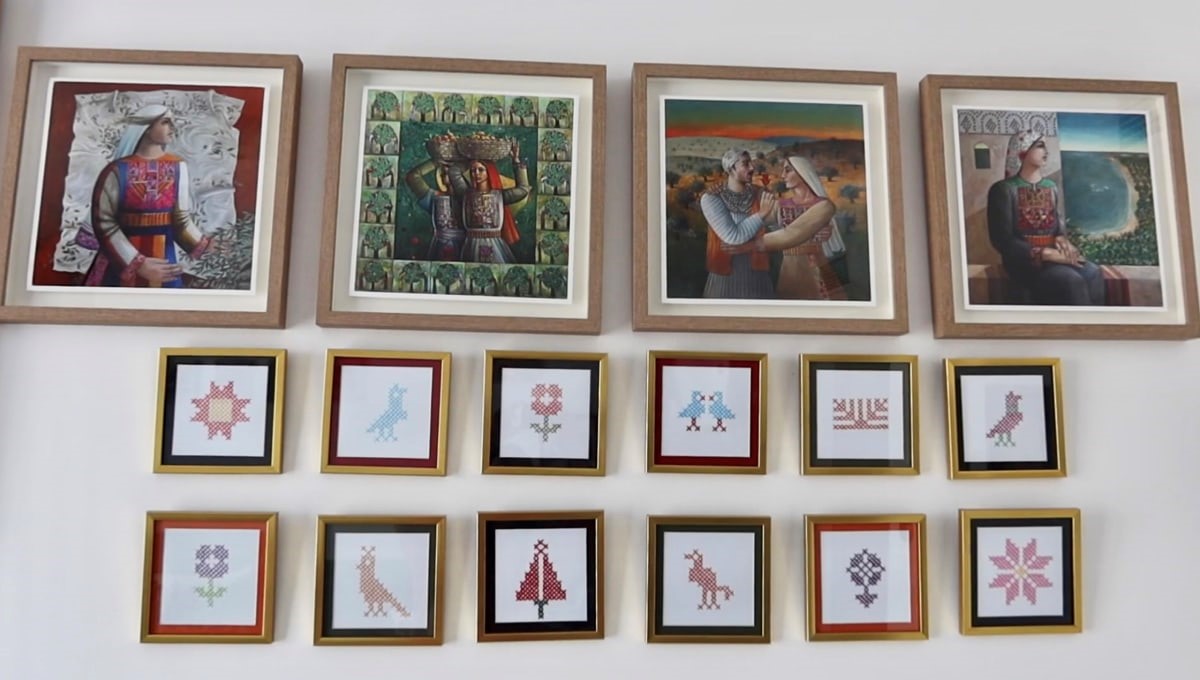
Eventually, Masri hopes to add even more patterns and other styles of embroidery to the website’s library, and also expand the archive to other countries in the region. The aim is to grow the archive for tatreez lovers like Barkawi, and to help preserve other types of embroidery as parts of the heritages of different cultures.
“It’s really incredible to have [tatreez] in a digital space where anyone can access it,” Barkawi says. “It’s almost like a secret that no one really knows about.”
(21)